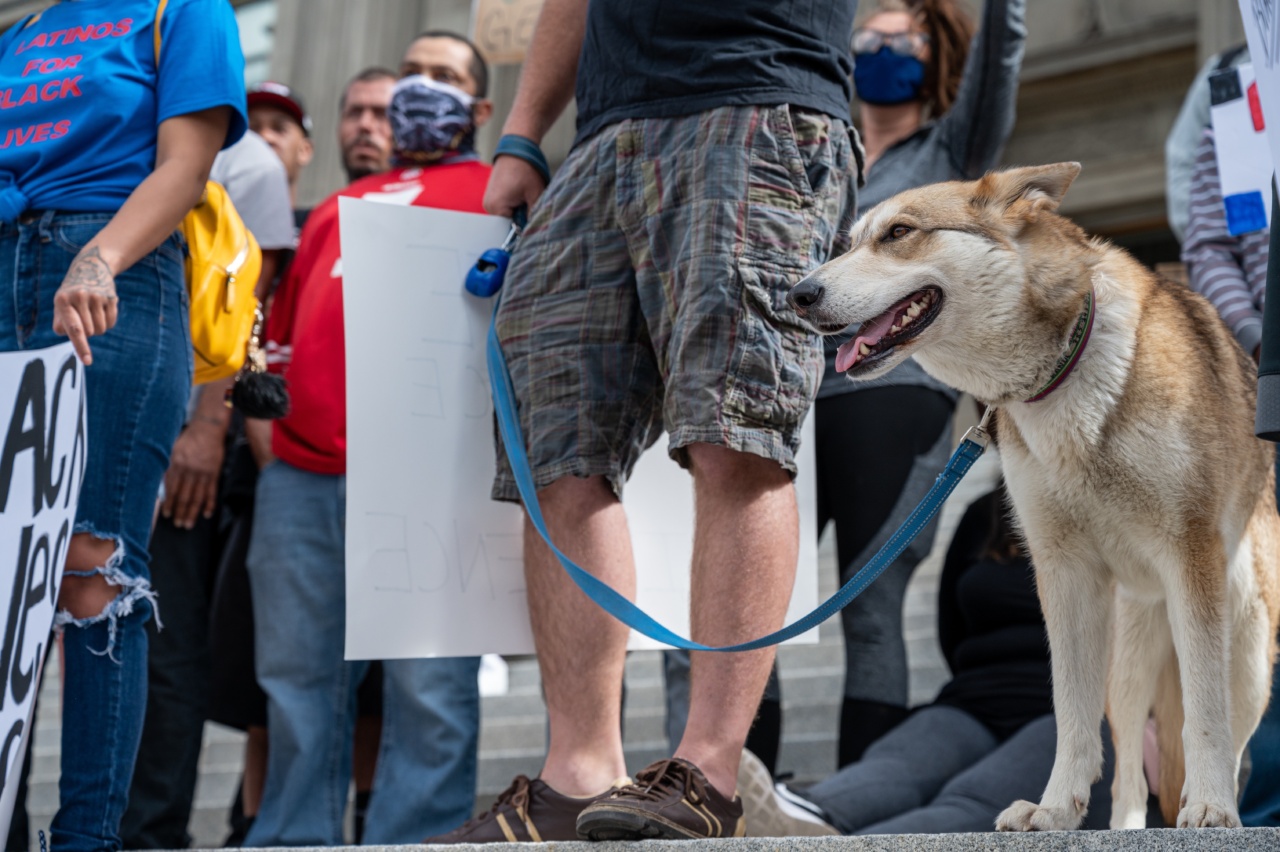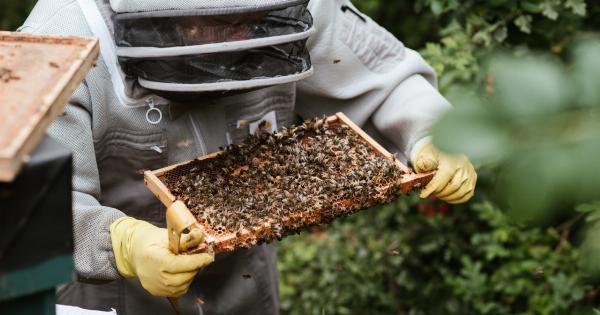The recent devastating bushfires have had a significant impact on Australia’s wildlife. Many animals have been injured, displaced or orphaned, leaving them vulnerable and in need of care.
The call to adopt a fire-struck animal has been made, but is it the right decision for everyone?.
What does it mean to adopt a fire-struck animal?
There are several ways to help animals affected by the bushfires, one of which is adopting an animal that has been impacted by the fires. This can mean taking in an injured, displaced or orphaned animal and providing them with a safe and stable home.
Adopting a fire-struck animal is not the same as adopting a pet.
You will need to be prepared to provide specialized care, potentially for an extended period of time, as many animals require long-term rehabilitation before they can be released back into the wild. It is a challenging but rewarding commitment.
What are the benefits of adopting a fire-struck animal?
One of the most significant benefits of adopting a fire-struck animal is that you are providing them with a second chance at life.
By taking them in and providing them with the necessary care, you are assisting in the rehabilitation process and helping to increase their chances of survival.
Another benefit is that you are helping to relieve the burden on wildlife rehabilitation centers and wildlife carers.
These organizations are overwhelmed with the number of animals in need of assistance and any support that can be provided is greatly appreciated.
What are the challenges of adopting a fire-struck animal?
Adopting a fire-struck animal is not an easy task and there are many challenges that you will face. One of the most significant challenges is the amount of time and effort required to care for the animal.
Many animals require specialized care and rehabilitation, which can be time-consuming and physically demanding.
Another challenge is the cost associated with caring for an injured animal. There may be veterinary bills, medication costs and the cost of specialized food and equipment that is required.
Finally, there is always the risk that the animal may not survive, despite your best efforts. This can be emotionally challenging for adopters who have become attached to the animal and have invested significant time and effort into their care.
What type of animals are available for adoption?
There are a wide range of animals that have been affected by the bushfires and are in need of care. Some of the most common animals include kangaroos, wallabies, koalas, possums, gliders, birds and reptiles.
It is important to note that not all animals are suitable for adoption. Some animals may be too wild to be kept as pets, while others may require specialized care that is beyond the capabilities of the average person.
What do you need to know before adopting a fire-struck animal?
There are several things that you need to know before adopting a fire-struck animal:.
- You will need to have the appropriate facilities to care for the animal. This may include a specialized enclosure or a quiet space where the animal can rest and recuperate.
- You will need to have the appropriate skills and knowledge to care for the animal, or be willing to undertake training in order to gain these skills.
- You will need to have the time and resources to care for the animal. This may include providing regular meals, medications and specialized equipment.
- You will need to be able to provide a safe and secure environment for the animal, free from predators and other risks.
- You will need to be prepared for the emotional investment that comes with caring for an animal.
What are the alternatives to adopting a fire-struck animal?
If you are unable to adopt a fire-struck animal, there are still many ways that you can help. One of the best ways to support these animals is by donating to wildlife rescue and rehabilitation centers.
This money can be used to provide medical care, food, and housing for animals in need.
You can also volunteer your time or skills to these centers. This could include anything from cleaning enclosures to providing specialized care to injured wildlife.
Conclusion
Adopting a fire-struck animal is a noble and rewarding commitment, but it is not a decision that should be taken lightly.
It requires a significant investment of time, resources and emotional energy, and should only be considered by those who are prepared for the challenge.
If you are unable to adopt, there are still many other ways to support these animals and contribute to their care and rehabilitation. Every little bit helps, and it is up to all of us to do our part to help these precious animals.






























